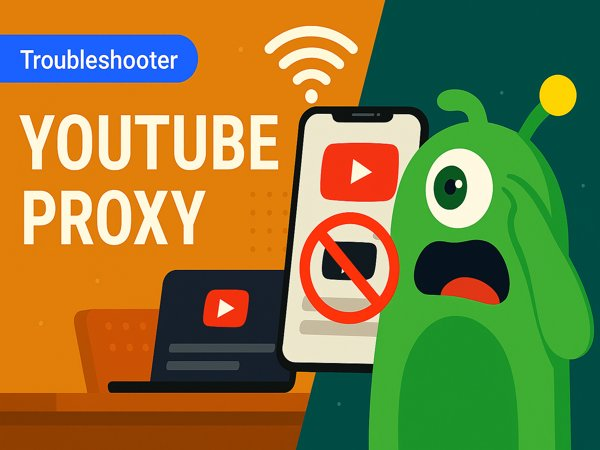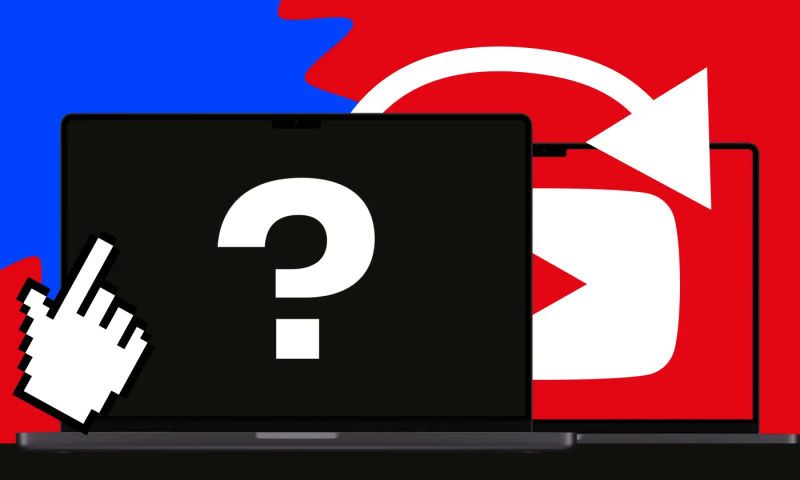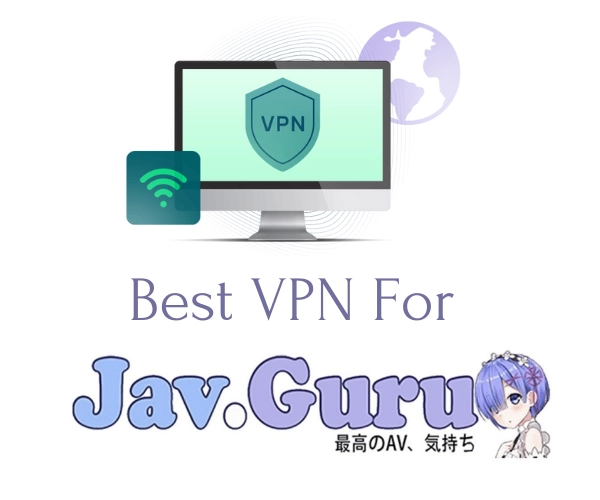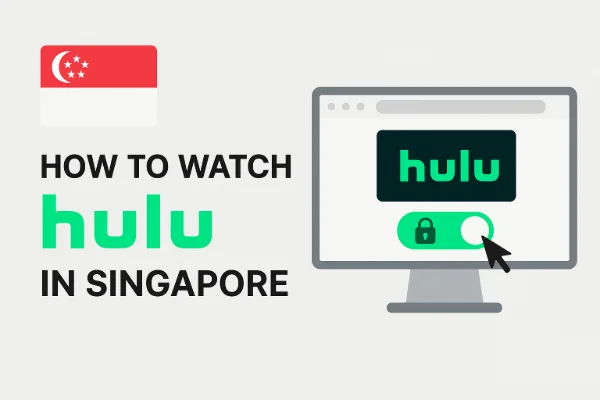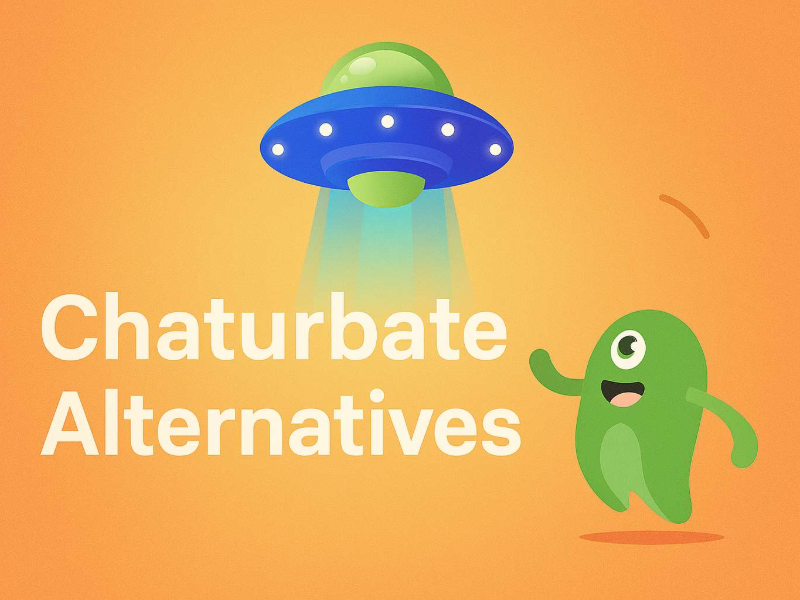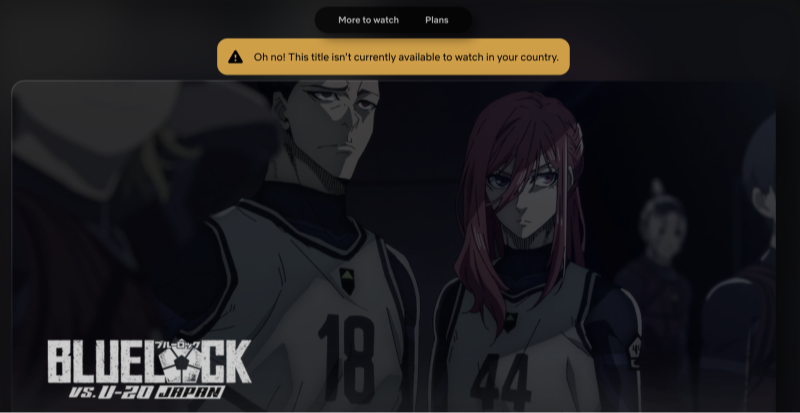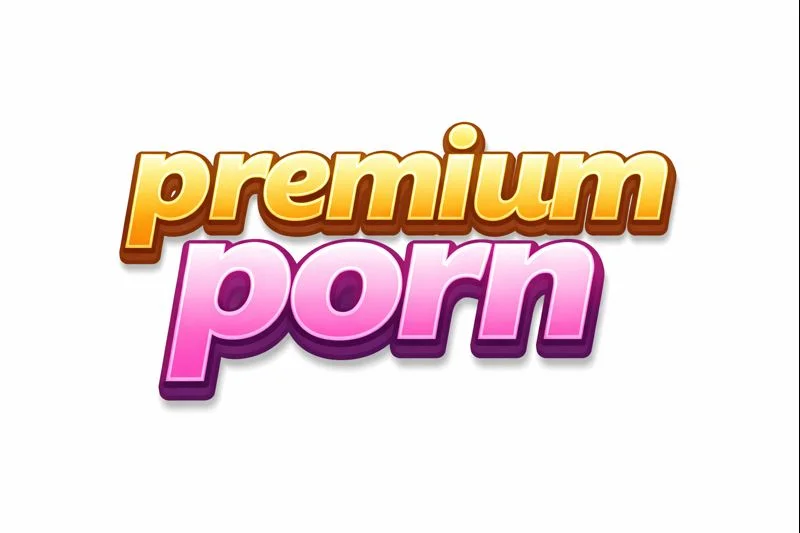Is YouTube Safe?
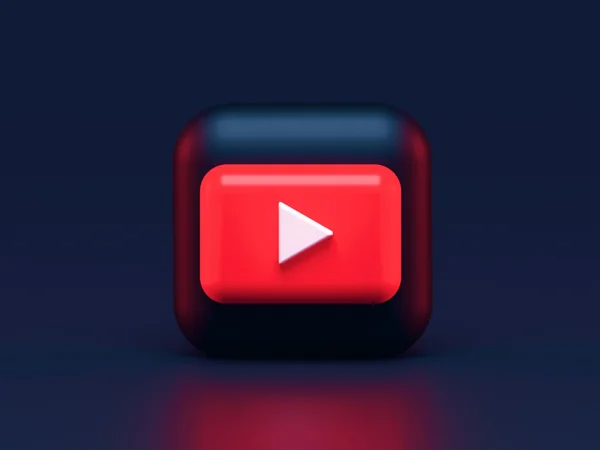
Let’s start with the obvious question: Is YouTube safe? The answer is: mostly, but not entirely.
On the positive side, YouTube has strict policies, advanced AI filters, and a massive moderation team to remove inappropriate content. Over the years, it has introduced tools like Restricted Mode, YouTube Kids, and Family Link integration to help parents monitor what children watch.
But no system is flawless. For example:
- In 2019, a wave of children’s videos featuring disturbing or violent scenes disguised as cartoons went viral before being flagged.
- In 2021, many creators complained about fake ads promoting cryptocurrency scams running on their videos.
- As recently as 2023, teachers reported that YouTube’s autoplay recommendations led students from educational videos straight into irrelevant or inappropriate content.
While YouTube strives to be safe, users must still take responsibility by implementing safety measures.
Here’s a breakdown by user group:
Parents: YouTube is safer for kids than most social media platforms, but it’s still risky without restrictions.
Teachers/Students: YouTube is a fantastic educational tool, but distractions like ads and comments make it less reliable in classrooms.
Businesses: YouTube is a powerful marketing platform, but brand safety risks exist when ads run alongside controversial videos.
Risks of Using YouTube Without Safety Measures
Inappropriate Content
Kids may accidentally click on videos with violent, sexual, or offensive material.
Even if flagged, these videos can slip through the cracks.
The “recommended” sidebar often pulls unrelated or unsafe videos that derail safe viewing.
Data Privacy Issues
YouTube tracks everything you watch to serve personalized ads. While personalization can be convenient, it also means:
Your watch history is recorded and stored.
Advertisers can build detailed profiles about your interests.
Kids may unknowingly share too much data.
Clickbait and Scams
We’ve all seen it: flashy thumbnails promising shocking secrets or unbelievable giveaways. Some of these are harmless, but others lead to phishing sites or scams.
Examples:
- “Win a Free iPhone – Just Click Here!”
- Fake cryptocurrency ads leading to scam websites.
- Clickbait videos with misleading health or financial advice.
Ad Overload
Too many ads spoil the fun. But the bigger issue is unsafe ads. Some promote shady apps, gambling, or even adult content. For children and teenagers, that’s a recipe for trouble.
Safe YouTube for Kids
Parents know that YouTube can be both a babysitter and a time bomb. While it entertains kids for hours, it also exposes them to risks if left unchecked. Thankfully, there are several strategies to make YouTube safer for young viewers.
YouTube Kids App, is Google’s official solution for children. It provides:
- Curated content designed for kids.
- Parental controls, including watch timers.
- Profiles by age group, tailoring content to toddlers, younger kids, or older children.
But here’s the catch: even YouTube Kids isn’t perfect. Some questionable videos have slipped through, so parents should still supervise.
Choosing a reliable free proxy VPN in UFO VPN to protect your kids when using the YouTube App safely.
Restricted Mode on YouTube, If kids are using the main YouTube app, Restricted Mode is a must. It hides most mature content and can be locked with a password. While it doesn’t block everything, it reduces risk.
Third-Party Safe Viewing Tools, Platforms like SafeShare.tv and ViewPure allow parents and teachers to share specific videos without ads, comments, or distracting suggestions. These tools strip away the “noise” around YouTube.
Active Parental Involvement, The most effective method is also the simplest: watch with your kids. Engage with what they’re watching, ask questions, and encourage them to talk about videos they enjoy. This not only ensures safety but also strengthens family bonding.
Safe YouTube Alternatives
Vimeo
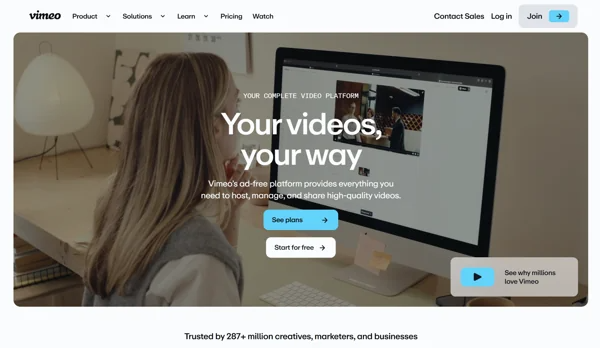
Known for high-quality, ad-free videos.
Popular with filmmakers, educators, and professionals.
Cleaner interface, fewer distractions, and stronger content moderation.
Great for businesses that want professional-looking video hosting.
Dailymotion
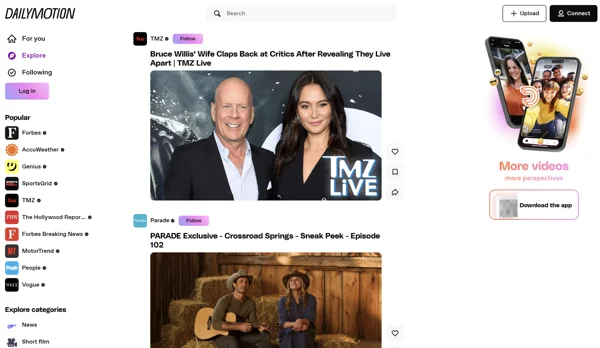
A French-based video platform similar to YouTube.
Smaller community, which means less risk of inappropriate content slipping through.
Easier for casual viewers who want entertainment without the chaos of YouTube’s recommendation engine.
Educational Platforms
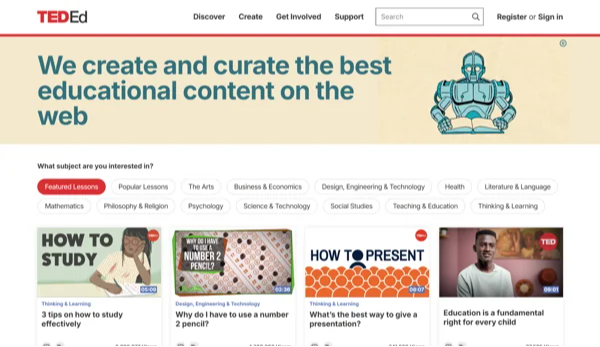
For students and learners, these platforms may not replace YouTube entirely, but they offer safer, more reliable environments for learning and growth. These platforms are safer alternatives:
- Khan Academy – Focused on math, science, and more.
- TED-Ed – Inspirational and educational talks.
- Coursera/edX – University-level courses with structured learning.
How to Safely Use YouTube
1. Turn On Restricted Mode
This built-in YouTube setting filters out most mature or inappropriate content. It’s not perfect, but it’s a strong first layer of protection, especially for kids.
2. Use YouTube Kids for Children
For younger viewers, the YouTube Kids app offers curated, age-appropriate videos with parental controls and time limits.
3. Install Ad Blockers
Browser extensions like uBlock Origin or AdGuard help eliminate ads that can be distracting or unsafe.
4. Monitor Watch History
Regularly checking watch history helps parents ensure children aren’t bypassing restrictions or stumbling onto unsafe content.
5. Try Safe Video-Sharing Platforms
Tools like SafeShare or ViewPure strip out ads, comments, and suggested videos, making YouTube safer for classrooms or family viewing.
6. Educate Kids About Online Safety
Technology can help, but conversations are just as important. Teach kids about avoiding clickbait, scams, and inappropriate channels.
Conclusion
YouTube is a powerful platform, but without safety measures, it can expose users to inappropriate content, privacy risks, ads, and scams. The solution lies in tools like YouTube Kids, Restricted Mode, ad blockers, safe video-sharing platforms, and even alternatives like Vimeo, which put you back in control. Safe YouTube isn’t about limiting enjoyment; it’s about protecting your family, maintaining focus, and ensuring a safer digital experience for parents, teachers, and everyday viewers alike.
FAQs
1. What does “Safe YouTube” mean?
It refers to using tools, apps, and practices to make YouTube safer by removing inappropriate content, ads, or distractions.
2. Is YouTube Kids completely safe?
Not 100%. While it’s safer than the main app, some unsuitable content can slip through. Supervision is still important.
3. Can teachers use Safe YouTube in classrooms?
Yes. Tools like ViewPure or SafeShare strip out ads and comments, allowing teachers to share only the intended video.
4. How can I protect my privacy on YouTube?
Use incognito mode, limit watch history tracking, and consider using a VPN to avoid data profiling.
5. What’s the best Safe YouTube alternative?
For education: Khan Academy or TED-Ed. For professional creators: Vimeo. For casual browsing: Dailymotion.


